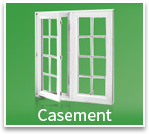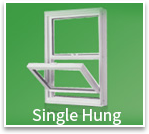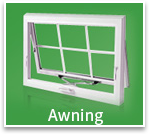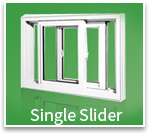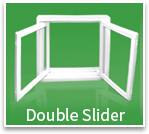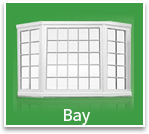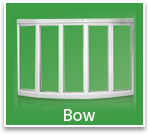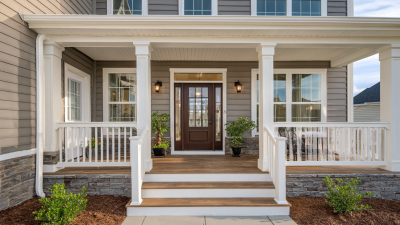Why Choose Fiberglass Doors for Energy Efficiency and Durability?
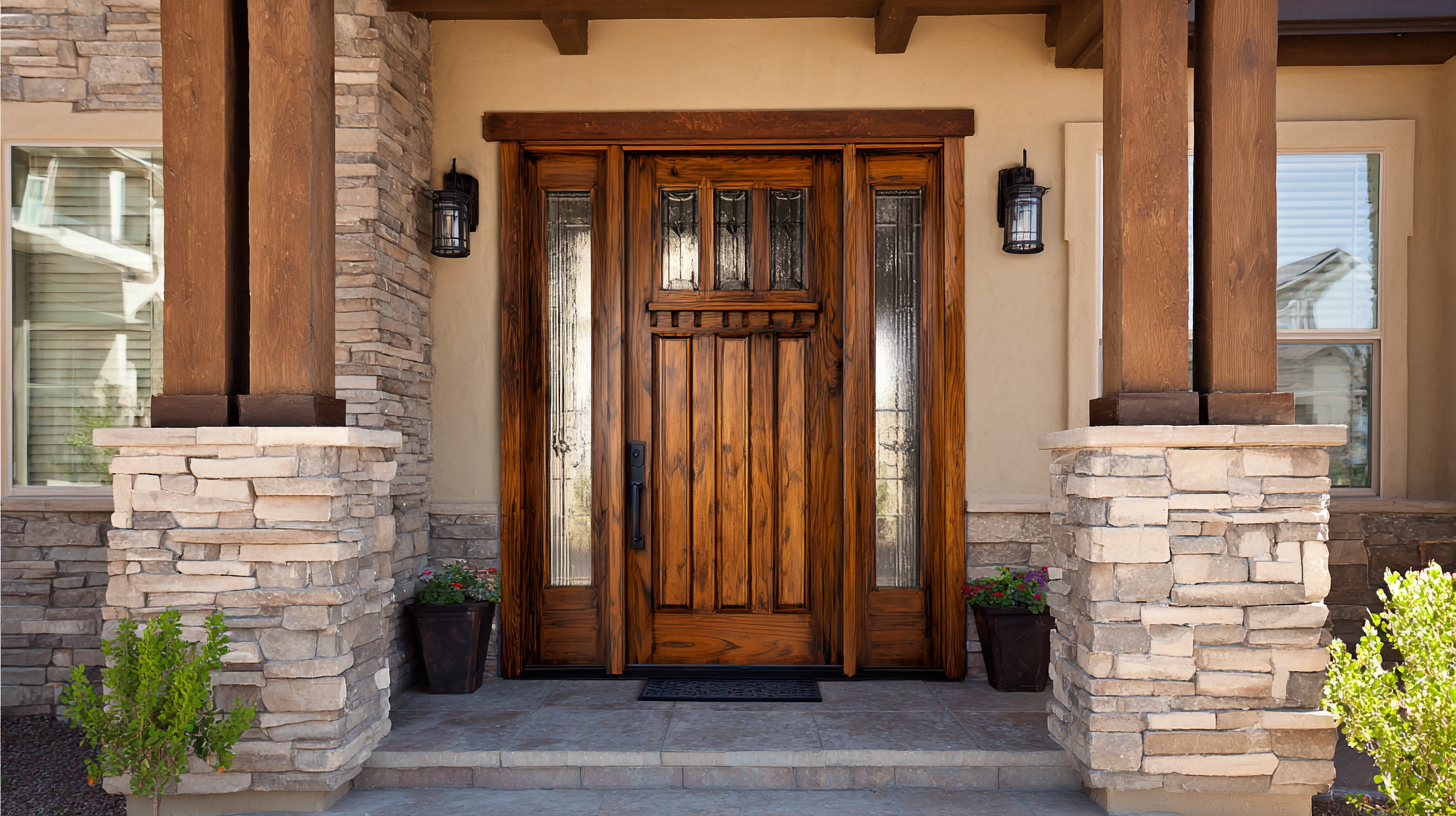 Fiberglass doors have gained significant popularity in recent years, particularly for their exceptional energy efficiency and durability, which are crucial factors for homeowners and builders alike. According to the U.S. Department of Energy, homes lose a substantial amount of energy through their entryways, and choosing the right door can result in energy savings of up to 15% annually.
Fiberglass doors, with their superior insulation properties and resistance to moisture and impact, outperform traditional wood or steel doors in both thermal performance and longevity. In fact, a study by the National Association of Home Builders (NAHB) noted that fiberglass entry doors can last three times longer than wooden doors. As energy efficiency standards continue to rise and the demand for sustainable building materials grows, fiberglass doors emerge as a leading choice for those looking to enhance their home’s performance while ensuring long-term value.
Fiberglass doors have gained significant popularity in recent years, particularly for their exceptional energy efficiency and durability, which are crucial factors for homeowners and builders alike. According to the U.S. Department of Energy, homes lose a substantial amount of energy through their entryways, and choosing the right door can result in energy savings of up to 15% annually.
Fiberglass doors, with their superior insulation properties and resistance to moisture and impact, outperform traditional wood or steel doors in both thermal performance and longevity. In fact, a study by the National Association of Home Builders (NAHB) noted that fiberglass entry doors can last three times longer than wooden doors. As energy efficiency standards continue to rise and the demand for sustainable building materials grows, fiberglass doors emerge as a leading choice for those looking to enhance their home’s performance while ensuring long-term value.
Benefits of Fiberglass Doors for Superior Insulation
Fiberglass doors are increasingly being recognized for their superior insulation properties, making them an ideal choice for energy efficiency. According to the U.S. Department of Energy, fiberglass doors can have an R-value—an insulation measurement—ranging from R-5 to R-7. This is significantly higher than traditional wood doors, which typically have an R-value of around R-3. The enhanced insulation helps to minimize heat transfer, keeping homes cooler in the summer and warmer in the winter, thus reducing reliance on heating and cooling systems and leading to lower energy bills.
In addition to their energy-saving advantages, fiberglass doors are designed for durability, which further complements their efficiency. The National Association of Home Builders reports that fiberglass doors are less prone to warping, cracking, or rot when compared to wood doors. This longevity means that homeowners do not have to frequently replace or maintain their doors, translating to long-term savings. Furthermore, many fiberglass doors are manufactured with low thermal conductivity materials, ensuring that they provide effective insulation and prevent cold or hot air from leaking in or out of the home. By choosing fiberglass doors, homeowners invest in a product that offers both energy efficiency and lasting performance.
Why Choose Fiberglass Doors for Energy Efficiency and Durability? - Benefits of Fiberglass Doors for Superior Insulation
| Feature | Fiberglass Doors | Traditional Wood Doors | Steel Doors |
|---|---|---|---|
| Energy Efficiency | Excellent insulation properties, reducing energy costs | Moderate insulation; prone to thermal bridging | Good insulation but can conduct heat |
| Durability | Highly resistant to dents, cracks, and splitting | Susceptible to warping and rotting | Strong but can rust over time |
| Maintenance | Low maintenance; does not require painting | Requires regular painting and upkeep | Low maintenance but may require rust prevention |
| Aesthetic Options | Wide range of styles and custom textures available | Classic look, limited by wood grain options | Limited style choices, mostly utilitarian design |
| Cost | Reasonably priced with long-term savings | Varies widely depending on wood type | Generally lower upfront cost |
Comparative Analysis: Fiberglass vs. Traditional Materials
When comparing fiberglass doors with traditional materials like wood and steel, several factors highlight the advantages of fiberglass in both energy efficiency and durability. According to the U.S. Department of Energy, fiberglass doors can reduce thermal transmission due to their lower U-factor values, which measure the door's insulation effectiveness. This results in a significant decrease in energy bills, with estimates suggesting savings of up to 20% annually when utilizing high-quality fiberglass doors compared to traditional options.
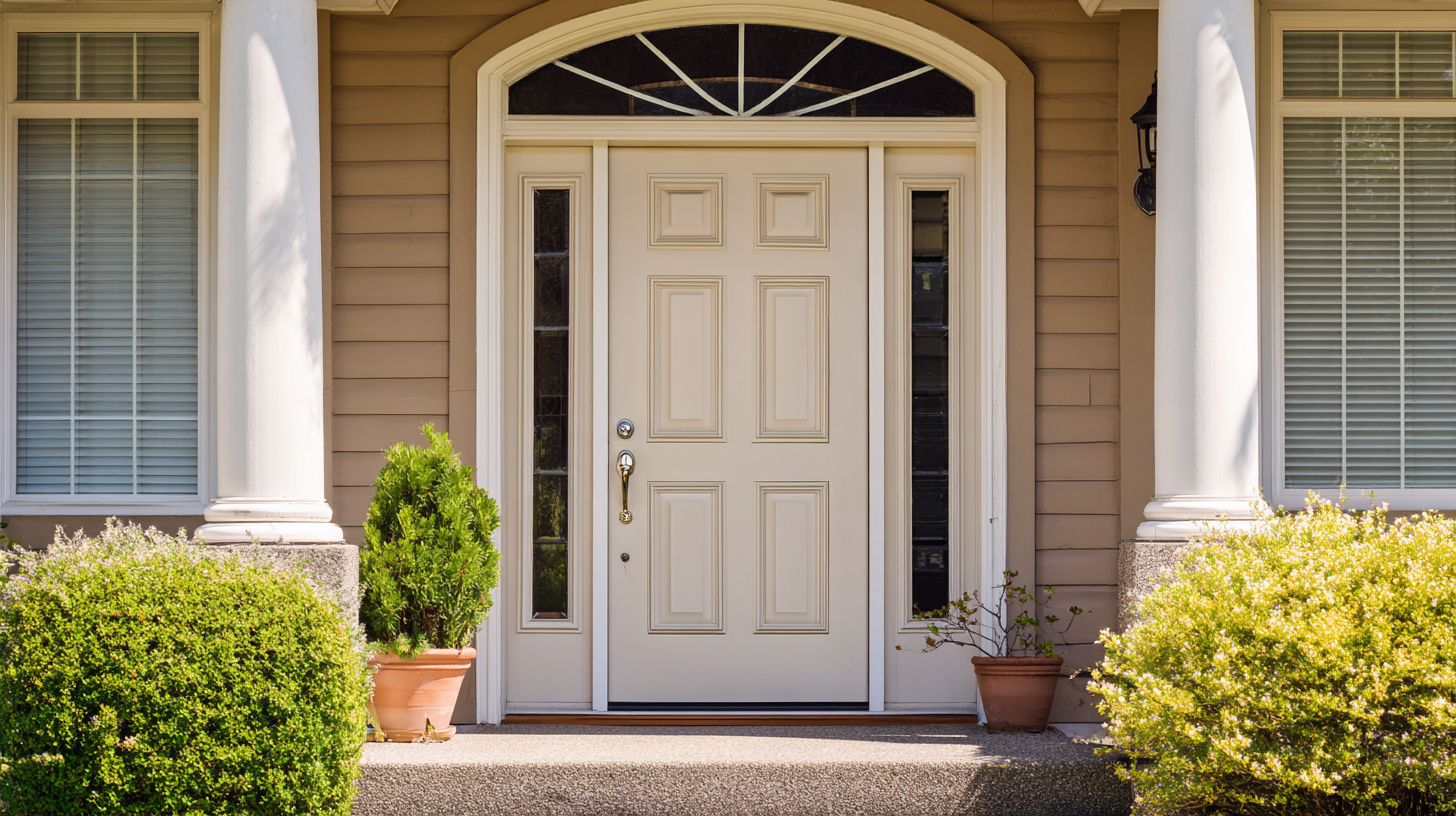
One major advantage of fiberglass is its resistance to warping, cracking, and rotting, which commonly affects wooden doors. A study by the National Association of Home Builders revealed that fiberglass doors last approximately 30% longer than wooden ones, making them a cost-effective investment in the long run. Furthermore, the durability of fiberglass means fewer replacement cycles, leading to reduced waste and a lower environmental impact.
**Tips:** When selecting fiberglass doors, look for models with a solid core for enhanced insulation. Additionally, consider options with energy-efficient glazing if you seek extra thermal protection. Regularly inspect the door seals to maintain optimum energy efficiency throughout the seasons.
Longevity and Maintenance: Why Fiberglass Stands Out
Fiberglass doors have emerged as a popular choice due to their exceptional longevity and minimal maintenance requirements. Unlike traditional wooden doors, fiberglass doors are resistant to warping, cracking, and rotting, which are common problems faced with wood. This durability means that homeowners do not have to worry about frequent replacements or extensive repair work, making fiberglass a cost-effective long-term investment. Additionally, fiberglass doors can mimic the appearance of wood without the inherent vulnerabilities, providing aesthetic charm alongside practical benefits.
The maintenance of fiberglass doors is remarkably straightforward. They require only occasional cleaning to maintain their appearance, and they are less susceptible to the elements compared to their wooden counterparts. This ease of upkeep is particularly appealing for those looking for hassle-free home improvement solutions. As seen with other fiberglass applications, such as in the design of efficient campers and innovative outdoor equipment, the versatility and performance of fiberglass continue to set it apart across various domains. Thus, the combination of durability and low maintenance solidifies fiberglass doors as a standout option for homeowners seeking energy efficiency and long-lasting quality.
Cost-Effectiveness: Investing in Energy Efficient Solutions
When considering energy efficiency and durability in building materials, fiberglass doors stand out as a cost-effective solution. Recent innovations in energy-efficient construction highlight the importance of adopting advanced materials. A comprehensive review of energy efficiency programs shows that improvements in material choice can lead to significant reductions in energy consumption. For example, it is estimated that energy-efficient solutions can reduce heating and cooling costs by up to 30%, making them an attractive investment for homeowners and businesses alike.
Moreover, the global push towards energy efficiency is echoed in numerous industry reports, which indicate that companies investing in energy efficiency technologies are on track to achieve substantial cost savings. A recent survey indicates that over 70% of businesses plan to increase their investment in energy-efficient solutions, targeting not only operational savings but also long-term sustainability goals.
Fiberglass doors, with their excellent insulation properties and resilience, contribute to this movement by reducing the overall carbon footprint of buildings. By choosing such innovative materials, consumers can take a significant step towards enhancing energy efficiency while maximizing their return on investment through lower utility bills and increased property value.
Environmental Impact: Sustainability of Fiberglass Doors
Fiberglass doors are increasingly recognized for their role in promoting sustainability, thanks to their energy-efficient properties and long-lasting durability. Made from non-toxic materials, fiberglass doors significantly reduce the environmental impact associated with manufacturing and disposal. Unlike traditional wood doors, which often require extensive harvesting of timber, fiberglass offers a resource-efficient alternative that minimizes deforestation and promotes conservation.
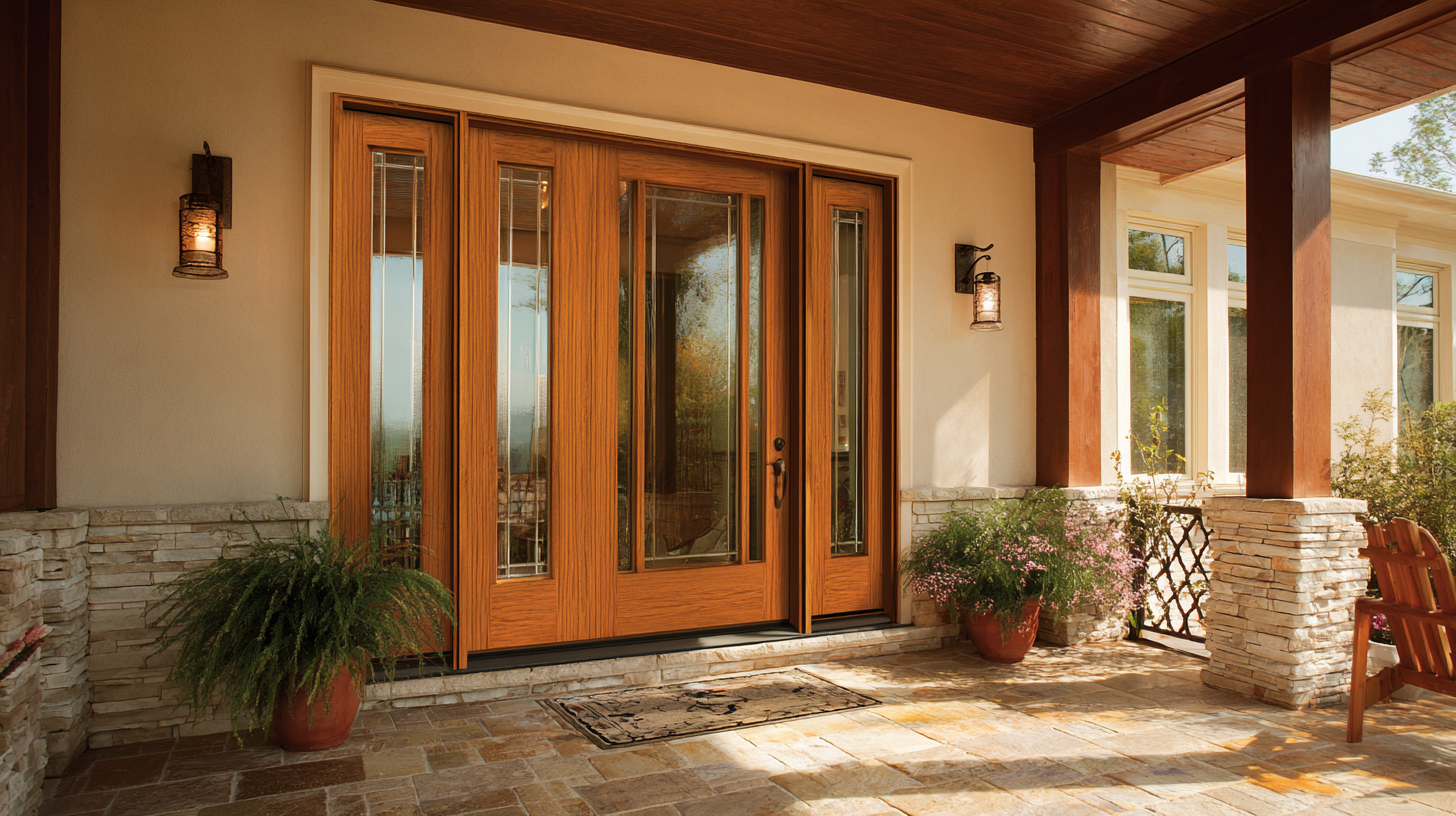
Moreover, fiberglass doors boast superior insulation qualities, which contribute to energy savings in homes and commercial buildings. Their ability to maintain stable indoor temperatures reduces the reliance on heating and cooling systems, thereby lowering energy consumption and greenhouse gas emissions. As homeowners and builders prioritize eco-friendly materials, the adoption of fiberglass doors becomes a proactive step toward building a more sustainable future. By choosing these doors, consumers can support environmental initiatives while enjoying the benefits of durability and aesthetic versatility.



